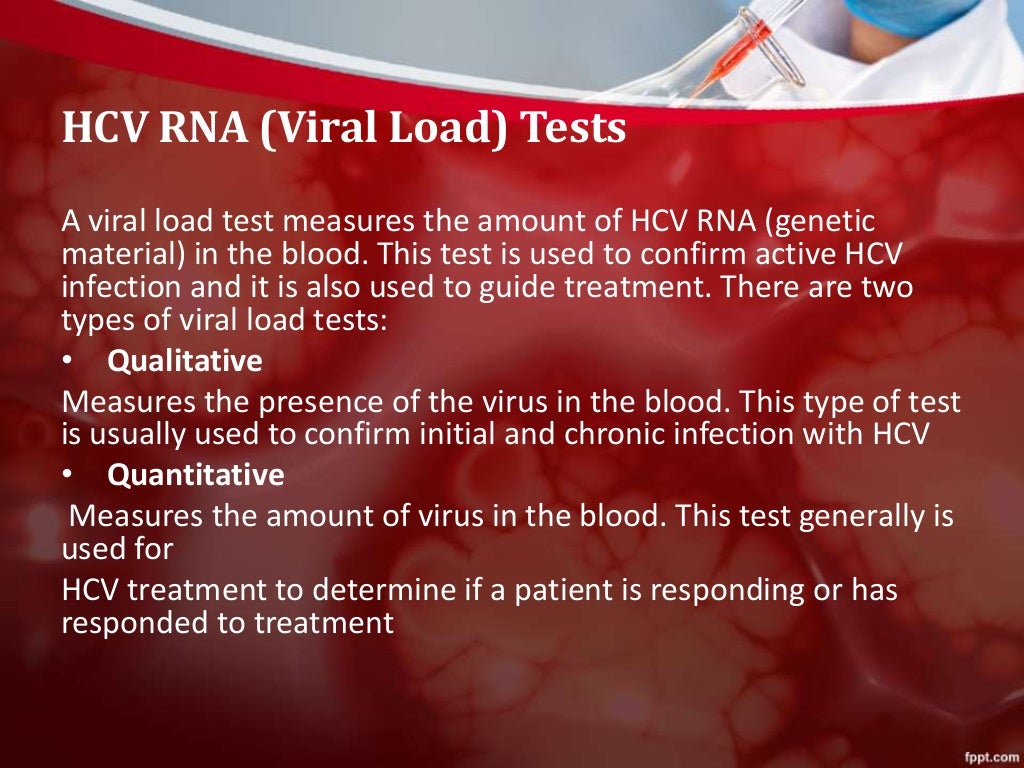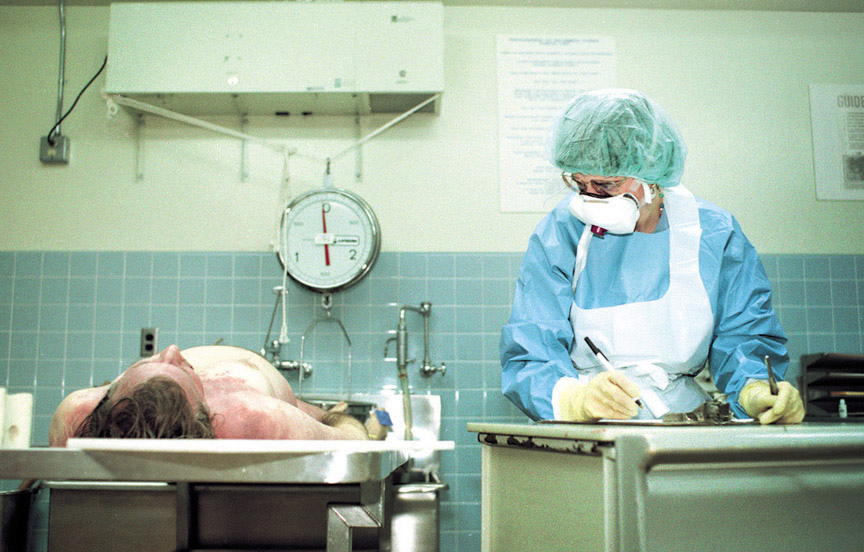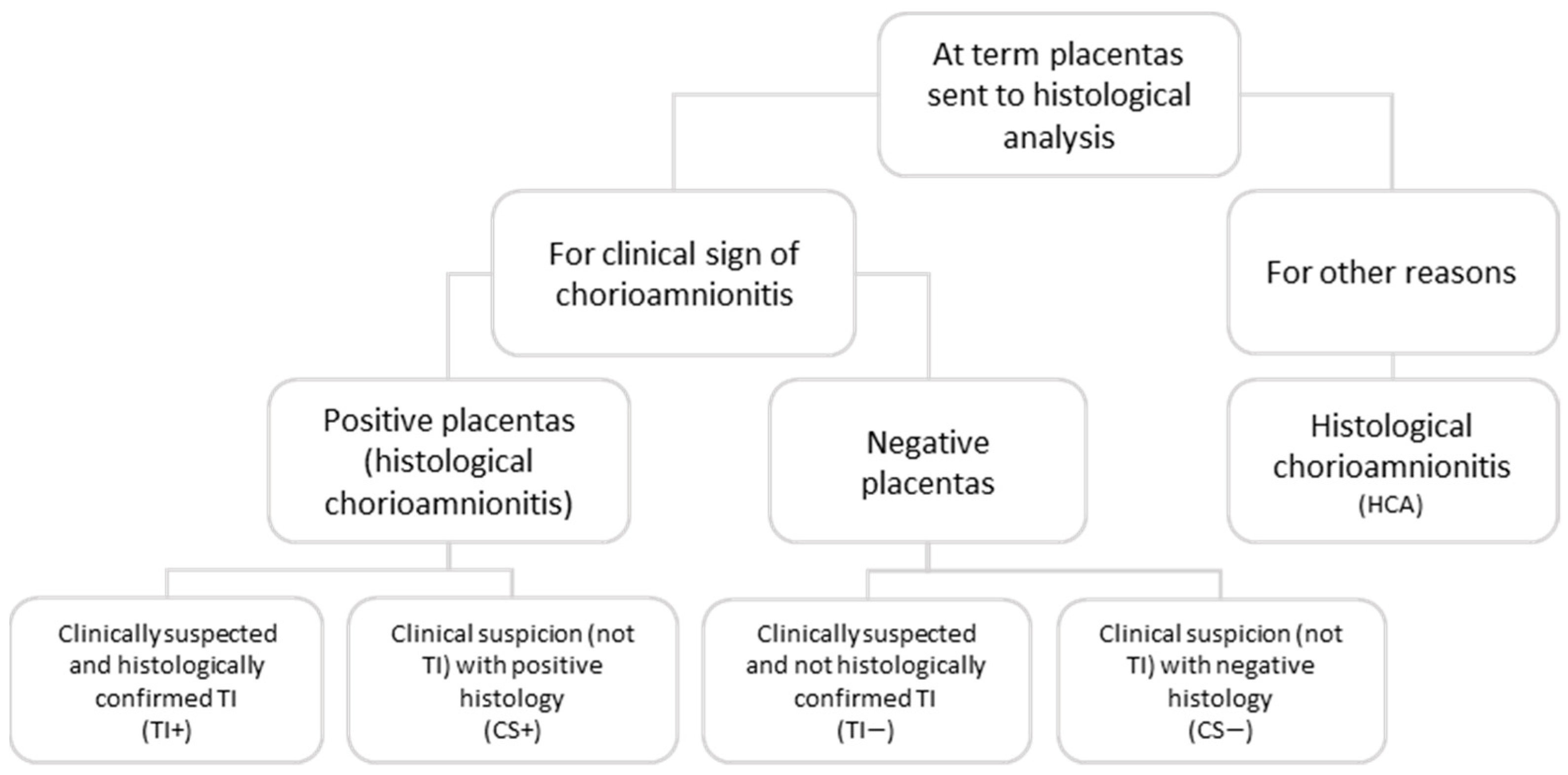
analgesia ( analgesic) - the absence of pain removing pain.The associated disease states may be inflammatory, hereditary or neoplastic and the deposition may be local or generalized or systemic. amyloidosis - a group of conditions of diverse etiologies characterized by the accumulation of insoluble fibrillar proteins (amyloid) in various organs and tissues of the body - eventually organ function is compromised.amyloid light chain (AL) - a component of immunoglobulin, occurs in mulitple myeloma amyloid associated protein (AA) - derived from liver protein, occurs in reactive systemic amyloidosis amyloid familial (AF) - abnormal transthyretin. There are several precursor proteins which are then deposited in the tissue as amyloid e.g.Each fibril is composed of identical polypeptide chains arranged in stacked antiparallel beta-pleated sheets (this is what impar ts the characteristic birefringence under polarized light). Amyloid deposits are composed of straight, non-branching fibrils with a diameter of 7.5 to 10 nm and indefinite length.It is a waxy, amorphous, eosinophilic, hyalinelike material that exhibits red-green birefringence under polarized light when stained with Congo red. amyloid - the extracellular protein substance deposited in amyloidosis.amine - a chemical substance in the body whose structure is similar to ammonia a family of hormones (adrenal medulla - epinephrine & norepinephrine) or neurotransmitters in brain (dopamine, norepinephrine, epinephrine, serotonin).amino acid(s) - the basic building block of protein there are 20 common amino acid types and their sequence will determine the properties and function of each protein.amenorrhea - the absence of menstrual bleeding.

akinesia ( akinetic = adj.) - absence or loss of movement.aggregation - a total or coming together of separate parts.agglutination - clumping together of cells or particles.agenesis - absence or failure of formation of any part or organ.afferent nerves carry impulses toward the central nervous system. of the uterus, including the uterine tubes and ligaments and ovaries. adnexal - appendages or accessory structures of an organ, e.g.adhesion - in close proximity joining of parts to one another which may occur abnormally as in a fibrous band of scar tissue that binds together normally separate anatomical structures.




 0 kommentar(er)
0 kommentar(er)
